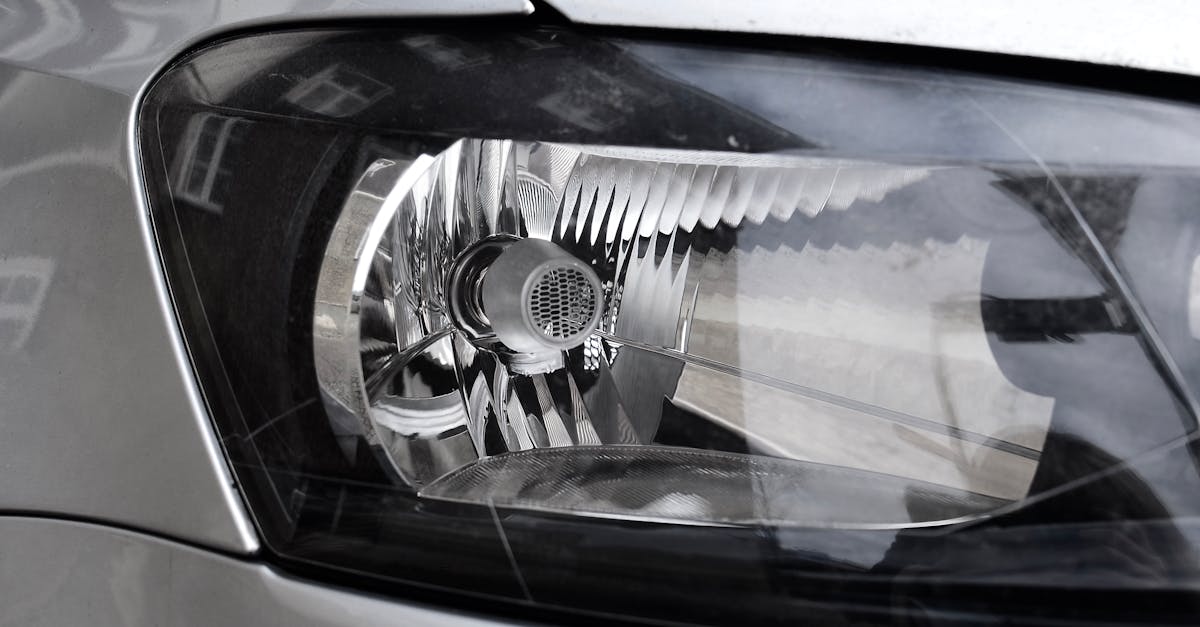Essential Tips for Safe Driving in Heavy Rain
Introduction
Driving in heavy rain presents unique challenges that require vigilance and adaptability. The combination of reduced visibility and slippery roads can be daunting, even for experienced drivers. Here, we explore key strategies to enhance safety and build confidence while on wet roads.
Advertisement
Slow Down and Increase Following Distance
Reducing speed is crucial when rain begins to fall, as it reduces stopping distances and helps maintain control. Increasing the distance between you and the vehicle ahead provides an added safety buffer. It allows more time to react if the car in front suddenly brakes or skids.
Advertisement
Use Low Beams and Windshield Wipers
Ensure that your headlights and windshield wipers are in optimal working condition before hitting the road in rainy weather. Use low beam headlights, as high beams can create glare and further reduce visibility. Meanwhile, windshield wipers should be set at a speed that effectively clears the rain without causing streaks.
Advertisement
Beware of Hydroplaning
Hydroplaning occurs when tires lose contact with the road's surface, skimming on a thin layer of water. To avoid this, maintain a steady speed, avoid sudden turns, and steer clear of standing water. If you feel your vehicle losing traction, ease off the gas pedal, and steer gently in the direction you want to go.
Advertisement
Avoid Cruise Control
Though cruise control can offer convenience on long drives, it's best to avoid using it in rainy conditions. It can prevent immediate deceleration and increased focus can be diverted from maintaining vehicle control. Instead, manually controlling speed and acceleration can provide improved traction and responsiveness.
Advertisement
Steer Clear of Flooded Areas
Never attempt to drive through flooded roads, as even shallow standing water can pose significant risks. Not only can water impair the vehicle's brakes and engine, but it also hides potentially damaging debris or deep potholes. Seek alternative routes or wait until the water recedes for a safer passage.
Advertisement
Check Your Vehicle's Condition
Regular maintenance is vital, especially before a drive in heavy rain. Ensure that tire tread depth, wiper blades, and brake systems are all in good condition. Tires with proper tread and inflation are less prone to hydroplaning, and wipers with sharp edges prevent streaks while cleaning the windshield.
Advertisement
Stay Focused and Alert
Rainy conditions exacerbate ordinary driving challenges, necessitating extra concentration and caution. Avoid distractions, such as mobile devices and excessive in-car conversations. Keep both hands firmly on the wheel and anticipate movements of nearby vehicles, especially while navigating intersections and highways.
Advertisement
Use the Defroster to Prevent Fog
Interior fog can add to the challenge of driving in heavy rain. Using the defroster helps keep the front and rear windshields clear. Adjust the temperature setting as needed, balancing between warm air to evaporate moisture and cooler air to prevent further condensation.
Advertisement
Conclusion
Driving in heavy rain need not be intimidating if the proper precautions and strategies are observed. By adhering to these tips, you can ensure a safe journey that prioritizes both your safety and that of others on the road. Stay informed, stay prepared, and confidently face the challenges of wet weather.
Advertisement


